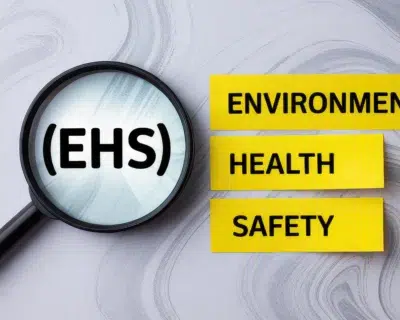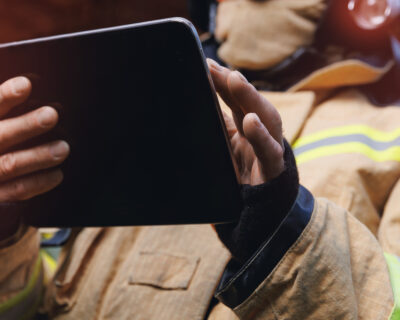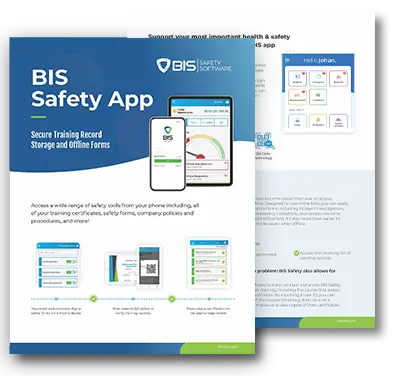
How Team Building Can Support Safety Culture in 2023
Some solutions for cultivating a safety culture can be more reactive than proactive, not fully addressing the core issues. In contrast, team building focuses on establishing an environment conducive to long tenures and, consequently, fosters employee loyalty. There’s an intrinsic connection between the two. Team development nurtures employees who are keen to learn and cultivate a positive safety culture.
Enhancing safety culture in a company not only reduces accidents and claims but also offers extended benefits. When integrated into overall workplace culture, it fosters collaboration, ensures long-term success, and boosts employee satisfaction and retention.
Likewise, the value of team-building activities is frequently understated, but their impact is significant when embedded in a comprehensive strategy to enhance safety culture. Robust leadership, extending beyond the establishment of correct policies and procedures, is critical to nurturing a strong safety culture. Considering this, it’s worth exploring how team building and safety culture can mutually reinforce each other in 2023.
Explore this Article:
- Team-Building Activities
- Team Building Activities for Hybrid Workplaces
- How Can Team Building Support a Safety Culture?
Team-Building Activities
Building a team requires creative thinking. Furthermore, you may want to ask your team for ideas.
Team building activities can also be combined with safety responsibilities. These can help lay the groundwork for coordinated responses to workplace emergencies. Drilling team members on emergency responses can actually be fun which creates bonds and helps the team-building process.
The most effective method of workplace training instruction, according to OSHA, is activity-based learning. However, simply having staff members practice incident response protocols is insufficient. It’s also suggested to engage in team-building exercises to encourage employees to feel more personally committed to the group’s success. There are countless team-building activities to do, but here are some of the most popular ones:
- Two truths and a lie – Essentially, coworkers create 3 questions and within the answers, there are two truths and a lie. This can be used to introduce coworkers to one another or the questions can be pre-selected to test participants on safety-related subjects.
- Safety-themed scavenger hunt –Consider a scavenger hunt to assess understanding of existing incident plans. One team handles hazardous leaks, another workplace injuries, etc. Scores are based on answer times and collected tokens.
- Safety game show – Utilize tools like Ask the Audience and Phone a Friend to replicate popular game shows’ formats, substituting trivia with workplace safety questions. Offering fun incentives can motivate participants to answer correctly!
- Minefield – Employees divide into pairs, one of which has a blindfold on and the other does not. In order to guide the first person through an obstacle course, the second person must only give verbal instructions. This activity promotes cooperation, trust, and communication.

Team Building Activities for Hybrid Workplaces
The pandemic might have accelerated the adoption of remote work, but now many organizations are choosing it willingly, beyond just a necessity. While offering various advantages, remote workspaces also bring unique challenges, particularly impacting team-building strategies in hybrid workspaces. Achieving the goal of team-building, which is to unite individuals, becomes demanding when team members are spread out.
However, the rise in remote work doesn’t spell the end of team-building! Teams, no matter how geographically dispersed, can still partake in team-building activities using tools like Zoom, Skype, Slack, and other networking platforms.
Even as most organizations continue to operate primarily from physical locations, it is essential that remote workers are not sidelined during team-building activities. It’s not surprising that remote workers might feel isolated, but fortunately, engaging in virtual team-building exercises can markedly enhance the sense of inclusion and value for those working remotely.
Remote/Hybrid Workplace Team Building Activities
- Set up a virtual workplace Olympics – Online activities like icebreakers and trivia can foster healthy competition among all members, even remote workers. Choose games, meet on Zoom, and enjoy the action! Incorporating varied team-building games is recommended to enable collaboration practice towards shared goals.
- Establish virtual “water cooler culture” – The informal conversation that typically helps in forming bonds between coworkers is absent for remote workers. To address this, Donut, a Slack add-on, can be utilized. It enables participants to pair up for a thirty-minute video conversation in their own channel, allowing employees to discuss anything on their minds during coffee or lunch breaks.
- Host a virtual escape room – Although there aren’t four actual walls involved, online players in virtual escape rooms must still work together, be creative, and solve problems.
How Can Team Building Support a Safety Culture?
As previously stated, cultivating a safety culture does more than just reduce workplace accidents and related costs, although that remains a primary goal. Enhancing a safety culture through team building yields numerous independent benefits.
Employees in a well-constructed team naturally exhibit greater concern for their colleagues compared to those in segmented organizations, yielding countless benefits over a safety culture solely built on procedural learning and signs.
Signs are undeniably important. However, a team-empowered safety culture encourages employees to assist each other, share stories, and convey procedures to prevent mishaps.
Significant synergy exists between the benefits of enriching safety culture and those of team development, explaining their mutual complementarity. However, given the rapid transformations in today’s workplaces, we must adapt our strategies related to team building and safety culture to ensure their relevance and accessibility to all employees.




































